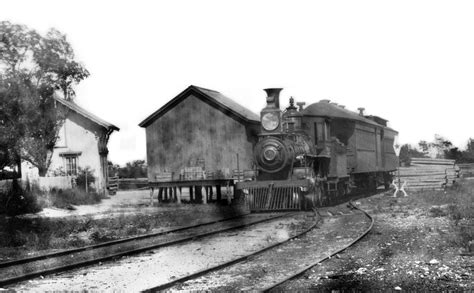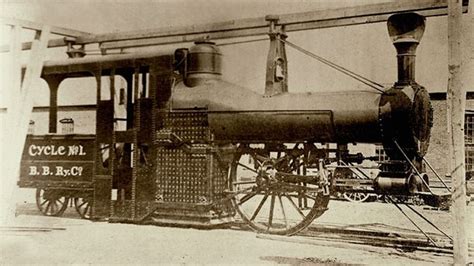



Don’t mind me sent the three trestle bridges above and this is what he asked:
“Hey Kevin,
“Did you ever think of doing “Old Train Trestle Bridges” on Thursday? The engineering of these old structures, especially pre-1900 is fascinating.” I had to agree. I have included trestle bridges, viaducts, round houses and turntables before, but not in a separate post. I liked the idea and like DMM, I marvel and enjoy the engineering and fortitude and can-do mentality of building these type of projects without modern equipment. So, I have started a folder and began collecting these types of pictures to use on the Old Train Thursday to spice it up a bit. I included this pics today to kind of announce it.
In ending the email, DMM said this:
“As a lifelong builder, I can’t imagine the work put into these. When I lived in Maine, I used to look for covered bridges on weekend road trips. Not many of those left. I built a timber frame boathouse in Maryland that kind of gave me a feel of what it must have been like to build over rivers or canyons-one of the coolest jobs I’ve ever done. I built the windows/doors and we put a slate roof on it. It measured 32′ x 56′. We lost a shitload of tools overboard on that one!”


















The Lethbridge bridge still stands and is still used. The coulee it crosses back in the 90’s had a single road across it that goes down to the bottom and back up the other side. The city was in one side of the coulee and the university the other side. To discourage drinking bus service between the 2 sides ended at 9pm. Many students who stay out late at the bars who didn’t want to walk down into the coulee then back up the other side would walk the trestle bridge.
Hell of an interesting set today. Thanks for the bridges DMM
ps Phil was your ass draggin when you noticed the cabooses
I wonder what gravity’s score is among the construction and maintenance workers is with those railway bridges? It’s never zero, that’s unheard of.
Regarding such bridges, oftentimes they’re crossing waterways, you’d reckon that all such engineering efforts could withstand the forces that nature could foreseeably bring against them, but not from the machinations of man. During the RAF’s Operation Chastise raid on the Eder, Sorpe and Mohne dams in 1943, when 617 Squadron Lancaster bombers breached the latter, the waters of the Mohnesee cut the two and a half feet thick steel-reinforced concrete support beams of a railway viaduct clean, level with what ground was left, in a steep narrow valley below the dam. The bridge was of prewar construction, not a sabotage-prone job by forced labour in Organisation Todt. Such hydrodynamic forces are scarcely dreamt of.
How about the miles upon miles of snow-shed covered tracks in the Sierras on the Central Pacific ?
I read that at one point there was 26 miles of them.
The RR would spend the summers hauling in lumber to replace the parts that caught fire from the locomotive stacks.
Thanks for posting, Cederq!
That south Jersey locomotive is interesting. I’d love to know more about it. I know there was a line that ran to Cape May. Sometimes a storm will shift the beach sand an expose what remains of some tracks.
Yes! Just what is going on there?
I love this, the cars, the tools…
Back when we actually made something.
Thank you.
Pingback: Friday Fun, Funnies, and fannies - The DaleyGator
When my bride worked for the Forest Service out of Truckee in the ’80s one of the jobs she was tasked with was documenting what were then the remnants of the logging railroad that hauled logs into the mill at Hobart Mills, just north of Truckee. The sites were considered ‘arch sites’ (archeological sites). The most notable things were the small trestles that crossed the draws. Most were in very poor condition but there was one in particular that was still in fairly good shape. It was about a hundred yards long and at its highest point was maybe 30 feet tall. The neatest thing about it is that it had been pretty much lost and forgotten in the woods for 50 years. Standing next to it really took you back in time. It was a wonderful feeling being back in the woods and thinking about that narrow gauge train rumbling along on the way to the mill.
I’m pretty sure the old East Co. San Diego trellis is still there. It’s near the Imperial Co. line. Spent a lot of time in the south west desert, loved it.